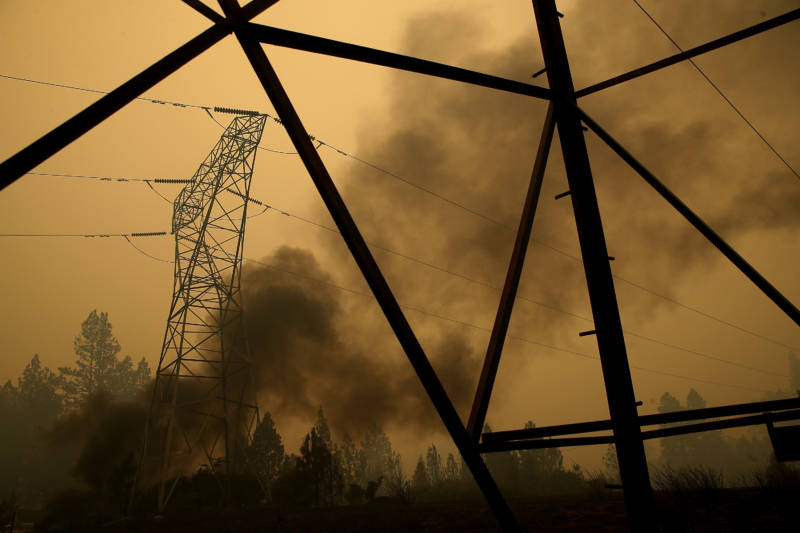PG&E earlier said shut-offs in the North Bay and farther north could have affected more than 100,000 people.
The California Public Utilities Commission adopted an expanded set of rules on May 30 aimed at clarifying when the state's big utilities can shut off power during times of high fire danger and what utilities need to do before they turn out your lights.
The power shut-offs — a practice the regulatory world calls de-energization — have been used sparingly in the past as a tool to reduce the risk of electrical equipment touching off fires during exceedingly windy, dry, hot weather.
The shutdowns are a technique pioneered by San Diego Gas and Electric Co. after its power lines ignited 2007's Witch Fire, which killed two people and destroyed 1,100 homes.
Here are questions and answers on how the public safety power shut-offs work and what the CPUC's new guidelines will mean for utility customers.
This story includes reporting from KQED's Dan Brekke and the Associated Press.

